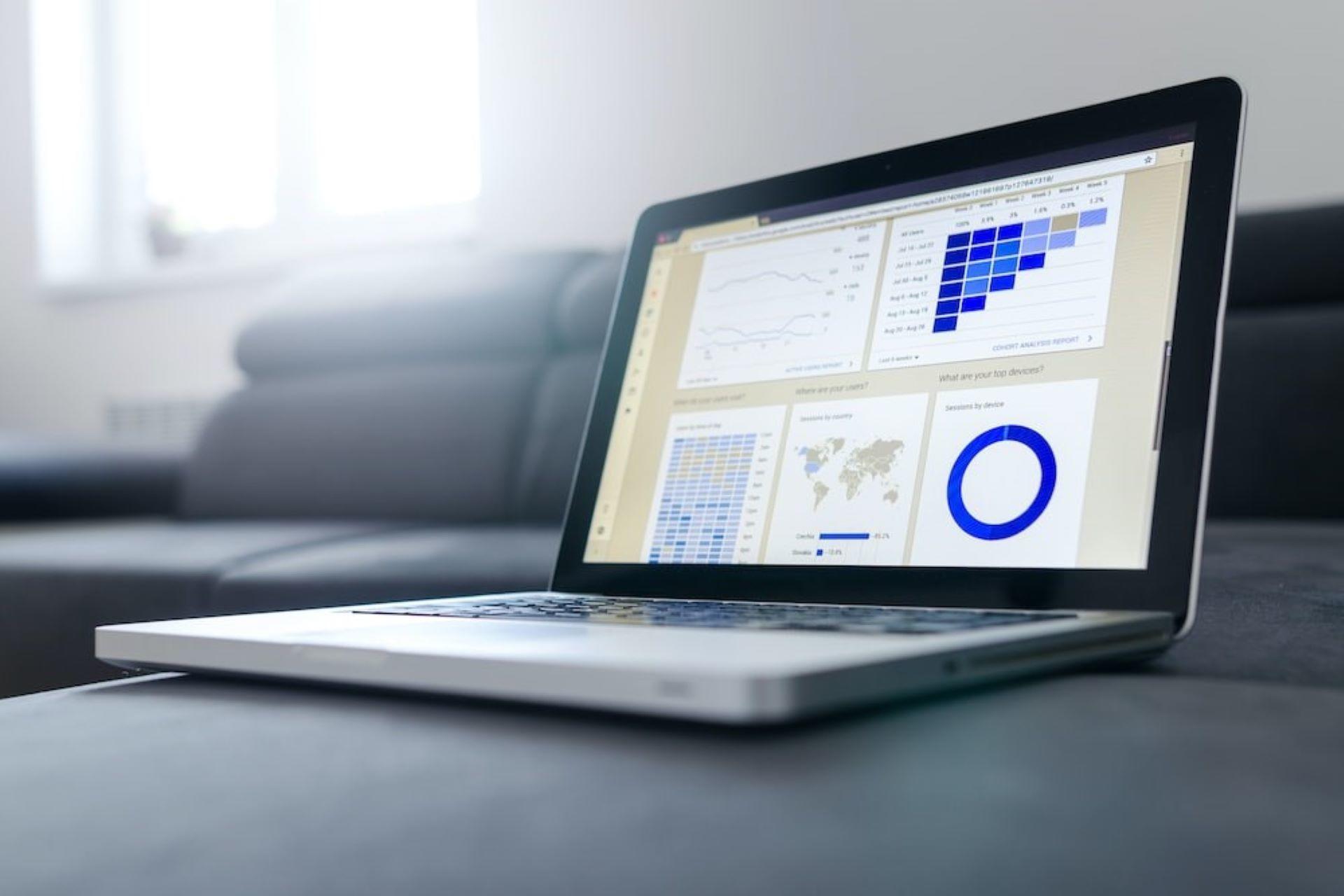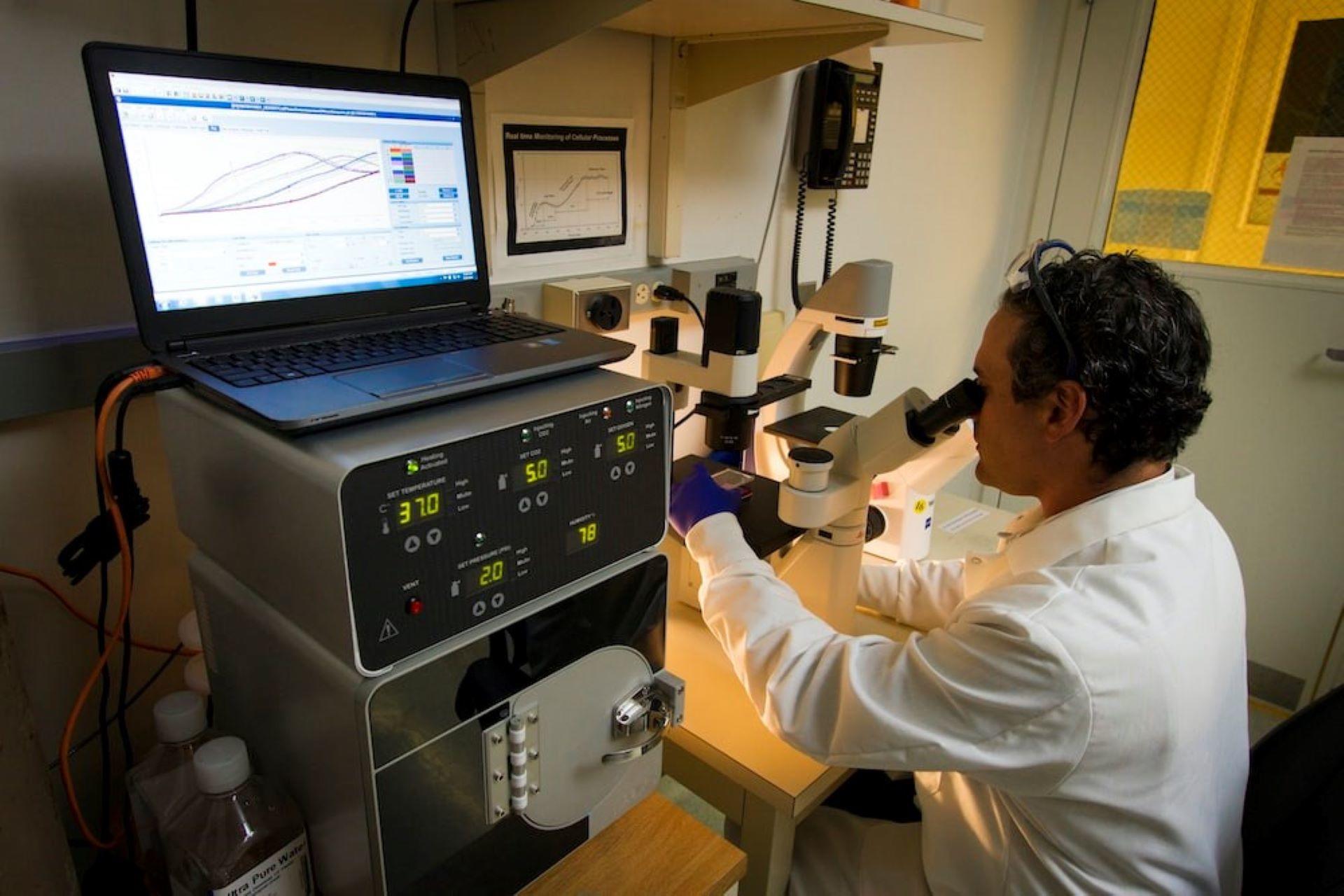The study and development of techniques for collecting, processing, interpreting, and reporting statistical results are the objectives of statistics. It focuses on the use of numerical data to the resolution of challenging issues.
Statisticians use various mathematical and computational techniques while creating new approaches and applying theories that support such methods. The fundamental ideas in the study of statistics are uncertainty and variation.
- In science and life in general, there are a lot of cases where the conclusion is unknown. Sometimes the reason for the uncertainty is that the result of the issue has not yet been determined; for instance, whether it will rain tomorrow.
- Statistics relies mainly on probability, a mathematical language used to analyze uncertain events. Several causes of variation can affect any measurement or data collection activity.

What Is Covered In Introduction To Statistics?

Statistics is a complex subject to master that involves gathering, calculating, and interpreting numerical data. While some consider mathematics and statistics to be sister disciplines, others consider them to be strikingly different.
Here are two of the prominent categories of statistics;
1. Descriptive Statistics
Descriptive statistics use the information to describe the population using a table, graph, or numerical calculation. It offers a data summary in graphical form. This sub-class of statistics serves only to summarize unsorted data. It is divided into two groups:
First, a measure of central tendency, often known as summary statistics, is the midpoint or a particular value of a data collection or sample set. The three central tendency metrics that are frequently used in statistics are mean, median, and Mode. If you are unfamiliar with these terminologies, consider enrolling in statistics classes for beginners with Superprof. Our courses are designed to help students grasp the fundamental principles of statistics.
- The average across all sample values is referred to as the "mean"
- The Median is a measurement of a sample set's middle value
- The most frequent value in the sample set is called the Mode
Second is a sample or population's variability. It is described using the measure of variability, sometimes referred to as the measure of dispersion. Range, Variance, and Dispersion are three typical measures of variability in statistics.
- The range is a unit that describes how values in a sample set or data set are spread apart
- "variance" simply refers to the amount by which a random variable deviates from the predicted value. It is also calculated as the square of the deviation
- The measure of the dispersion from the mean of a data collection is called dispersion
2. Inferential Statistics
Inferential statistics draws conclusions and makes predictions about the population by utilizing a sample of data from the population. It applies probabilities to a large dataset and generalizes the results. It is an essential part of statistics courses taught at statistics schools in the world's major cities.
The basic purpose of hypothesis testing, which is to reject the null hypothesis, is connected to and associated with inferential statistics. A form of an inferential process called hypothesis testing uses sample data to assess a population-based hypothesis' probability.
To obtain inferential statistics, follow these steps:
- Obtain a hypothesis, then use it
- Create a theory for your research
- Use variables or operationalize
- Determine the population
- Create a null hypothesis or create one for a population
- Conduct the study by gathering a sample of children from the general population
- Then, conduct all statistical tests to see whether the sample's features are different enough from those predicted by the null hypothesis so that we can identify and reject the null hypothesis
Inferential statistics is widely used today due to the simple and comprehensible data it yields. Here are some examples;
- Contingency Tables and Chi-Square Statistics
- ANOVA or a T-test
- One sample difference test/One sample test of the hypothesis
- Pearson Correlation
- Bivariate Regression
- Confidence Interval
What Is The Career Path For A Statistician?

Applying statistics can potentially improve anything, from company operations to people's quality of life in general. Statistics experts assist in resolving complex issues in business, research, health, and numerous other fields.
Quantitatively proving a public health program's efficacy is a significant example of a task that may be assigned, projecting product demand in both existing and future markets. Statistics remain able to open up new doors for improving public health.
Here are a few popular career options that a degree or skillset in statistics can unlock for you;
Statistician
A statistician creates or uses mathematical theories, models, and statistical techniques to address issues in business, science, and other industries.
Many professions need at least a bachelor's degree to be eligible for work as statisticians. A degree in mathematics or another related subject can also help you meet the requirements for this professional route, even though a degree in statistics is one of the most relevant degrees for a statistician. A Ph.D. degree is sometimes required if you want to teach statistics classes in college. A master's degree can frequently improve your eligibility for jobs in the public or private sectors.
Using computers with specialized software, statisticians analyze data to find patterns and correlations that could be used to inform decisions. They frequently collaborate closely with others to find solutions to complex problems. Statisticians could, for instance, collaborate closely with industrial designers to assess and enhance a car's aerodynamics. There are multiple things students must know before applying for a statistics degree, such as a statistician's duties and scope of work.
Although a statistician's duties might change based on the business in which they work, some of their main duties include:
- Using business models to analyze data as they research and address organizational problems
- Creating new algebraic and geometrical ideas and principles
- Solving issues in the sciences, engineering, business, and other disciplines using mathematical and statistical approaches and ideas
- They employ surveys and experiments to obtain information after deciding which data they need to address an issue
- Translating the results of studies into reports that assist the decision-making and problem-solving processes inside their organizations

Financial Analyst
The majority of financial analyst jobs demand a bachelor's degree. Accounting, finance, economics, statistics, and mathematics are a few of the perfect academic specialties for this occupation.
A financial analyst is a finance specialist who advises businesses on financial matters such as market trends, a company's financial health, and the expected results of certain deals.
Financial analysts perform microeconomic and macroeconomic research to predict the performance of companies, markets, and industries. They offer suggestions for the business's actions to gain an edge. Their main duties are as follows:
- Meeting with executives and management to better understand a company's potential
- Financial analysts advise people, companies, and government organizations when considering investments
- Examining a company's financial records to estimate its worth
- Examining prior outcomes, seeing trends, and offering suggestions for enhancements
- Generating financial models and reporting on financial performance
- Assessing a company's financial performance by contrasting actual outcomes with projections
- Recommending assets and portfolios that a business should buy
- Doing data mining, valuation comparisons, and market research
- Building models and projections to keep the foundation for financial analysis strong
- Keeping track of a company's investments and the current state of the economy
Data Scientist
The minimal qualification for a data scientist is a bachelor's degree in data science or a closely related field, including statistics, computer science, computer engineering, or information systems.
Data scientists require programming, visualization, machine learning, and other technical skills. Their technological expertise enables them to obtain information that can help solve complex challenges.
Analytical specialists known as "data scientists" gather and analyze vast volumes of organized and unstructured data. Incorporating their expertise in computer technology, mathematics, and science, they assist businesses in developing workable strategies and solutions based on their findings.
Here are a data scientist's general responsibilities:
- To get insights and conclusions, data scientists examine stats and data. They look for solutions that will give businesses the best possible chance of success.
- Assess data sets for accuracy
- Extract massive amounts of organized and unstructured data from multiple sources
- Use analytics and reporting tools to identify trends, connections, and patterns
- Employ communication abilities to deliver results in the form of reports and presentations to key personnel
Market Research Analyst
Market research analysts help organizations by studying existing and new markets for their goods, forecasting sales, drawing inferences from relevant historical data, and evaluating the success of marketing initiatives. Many businesses demand that market research analysts hold bachelor's degrees in marketing, mathematics, or computer science.
A marketing degree aids prospective marketing research analysts to learn about macroeconomics, company communications, consumer behavior patterns, and marketing concepts.
It is crucial for a market research analyst to have organizational, critical thinking, and communication skills.
An analyst of market research has the following duties:
- Market analysts examine market variables specific to the sector to estimate sales of goods and services
- These experts keep an eye on market developments to evaluate prospective consequences for their company
- They assess the outcomes of marketing initiatives and projects
- Market researchers create procedures for collecting data and application software and algorithms to assess the results
- Market researchers frequently convert data into charts and reports to present results to coworkers and stakeholders
Business Analyst
Business analysts require a bachelor's degree in a relevant discipline, such as accounting, finance, business, or economics. Business analysts may find it beneficial to take mathematics, statistics, and computer science courses.
Business analysts often have analytical, logical, and curious natures. They enjoy solving issues and have strong mathematical and technical abilities.
Finding and resolving problems is a business analyst's main duty. They are responsible for identifying advantageous options for the whole business and developing a strategy for implementing those options.
The following duties may be the responsibility of a business analyst:
- Information gathering and documentation
- Examining data to look for patterns, trends, and development opportunities
- Identifying the requirements and goals of an organization
- Collaborating with a company's information technology (IT) division to install new software and programs
- Presenting information, analysis, and solutions to management and staff at the organization
- Departmental communication, especially between management and IT
- Creating and managing projects
- Monitoring outcomes
What Is The Difference Between A Mathematician And A Statistician?
Here are some detailed guidelines to help you assess the fundamental differences between Mathematics and Statistics in terms of their foundational principles and areas of application.
Statistics is only concerned with gathering, sorting, interpreting, and representing raw data, whereas Mathematics deals with the knowledge of space, measures, and structures in their most basic forms.
Statistics is a particular discipline within mathematics closely related to applied mathematics, whereas mathematics is a vast field of study that includes almost all quantitative fields.
This table highlights the main differences between statistics vs. math.
| Mathematics | Statistics |
|---|---|
| The study of numbers, quantities, and space is known as mathematics. | Statistics is the study of data collection, description, analysis, and interpretation. |
| Disciplines like engineering, medicine, and the social sciences, use mathematics. | Statistics are used in industries including business, the humanities, government, and manufacturing. |
| Subcategories of mathematics include algebra, number theory, geometry, discrete mathematics, and arithmetic. | Descriptive statistics and inferential statistics are subcategories of statistics. |
| The actions of small groups are not taken into account while reaching conclusions in mathematics. | In statistics, small group observations are used to draw inferences about larger groups. |
| Key attributes, like length or weight, are measured in mathematics. | Statistics quantify things that are otherwise difficult to evaluate, such as aptitude, the pace of life, and disease progression. |
Want To Master Your Statistics Skills With Superprof
Data collection, organization, and visualization are some areas you will cover in a statistics class. A degree in statistics teaches you how to convert information into meaningful conclusions, a skill many businesses and organizations demand in the modern era. In the current times, it is essential to have statistical skills in order to succeed academically and professionally.
Typically, professional certifications are required to pursue a career in statistics. These are frequently completed on the side as part of your job.
Search for statistics classes near me to learn more about the course from the best tutors at Superprof. If you want to master statistics, there is no better option than Superprof. With the statistics classes online from Superprof, you can learn what skills are required to excel in a career in statistics.















